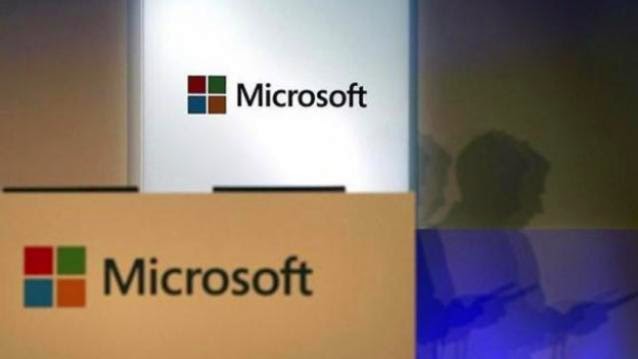A well-known picture in tech circles, taken in 1978, shows the first 11 employees at Microsoft. Two are women. One of them left two years later after a pay dispute.
Almost four decades later, the ratio has improved: About a third of Microsoft’s 110,000 or so employees are women. But the company’s pay practices and attitude toward women are still open to question and will likely be taken up at the board level, according to one director, Maria Klawe.
The issue hit the headlines and social media on Thursday when new Chief Executive Officer Satya Nadella suggested women in tech shouldn’t ask for pay raises but should instead trust the system and rely on “karma” to get what they deserve.
He later said he was wrong, but the damage was done, reinforcing the view that Microsoft – and the tech industry generally – is a boys’ club.
“He blew that question,” said Klawe in a telephone interview on Friday. “He’s retracted it. I think it’s going to take us all to a better place. I’m pretty sure he’s going to be thinking really hard about pay equity.”
It was Klawe, a longtime campaigner for women in tech, who asked Nadella the question onstage on Thursday that led to his remarks, and she has since led the company’s efforts at damage limitation.
Klawe, 63, said she has been pressing for hiring and promoting women at Microsoft since she joined the board five years ago, but the issue of pay raises for women had not been discussed by the board.
“I suspect it might be now,” she said.
Klawe pointed to the recruitment of Peggy Johnson from Qualcomm as head of business development in September as a recent success, but she conceded there have been backward steps, notably the ousting of Tami Reller and Julie Larson-Green, who ran the flagship Windows unit until a shakeup in 2013.
“I did feel badly that we had Tami and Julie on the executive team and then had two fewer people. But it really had to do with what made sense in terms of who was the right person for which job,” said Klawe. “I’m sure we’ll see more women in those levels.”
Reller has since left Microsoft, while Larson-Green is responsible for the overall look and feel of Microsoft’s software services.
BOYS’ CLUB
Microsoft has never been a beacon of diversity.
Karin Carter, who worked at the company in its heyday from 1983 until 1997 and went on to write a book about the experience, said there were only five or so women programmers at Microsoft when she joined, with the vast majority of women in support positions.
“The first time my fellow administrative assistant and I worked all night to get materials ready for a meeting, we got roses from the vice president of the international group,” said Carter. “My first thought was, ‘Roses? How about money?’”
Today the numbers are slightly better. Microsoft’s 15-strong senior leadership team, which runs the company day to day, has three women: Chief Financial Officer Amy Hood; Lisa Brummel, head of human resources; and recent hire Johnson.
Its board of 12 also has three women: former Wall Street banker Dina Dublon; Klawe, president of Harvey Mudd College; and most recently Teri List-Stoll, chief financial officer of Kraft Foods Group.
But the issue of unequal pay looms large.
Numbers from job site Glassdoor show that men tend to earn more doing a similar job than women at Microsoft, though the data is far from complete and based on voluntary disclosure.
For example, a male Microsoft senior software development engineer makes about $137,000 per year, according to Glassdoor, compared with about $129,000 for women. Microsoft declined to comment or provide data on what it pays staff.
Microsoft is not alone. Data from the Bureau of Labor Statistics shows that men earn 24 percent more, on average, than women in the tech sector. In computer and mathematical occupations, men working full-time make a median average of $1,452 per week, compared with $1,174 per week for women.
The pay gap, and how to close it, was brought to public attention last year by Facebook Chief Operating Officer Sheryl Sandberg in her book “Lean In.” She wrote that for women, negotiating is “like trying to cross a minefield backward in high heels.” Women who push for higher salaries are viewed as more demanding than men who do the same, she writes, and pay costs “in goodwill and future advancement.”
The Microsoft furor may yet lead to improvement, said one campaigner.
“Nadella’s reaction was likely based on what he thinks men do – work hard and get rewarded – rather than recognizing that what they actually do is work hard, talk about the hard work they are doing and then get rewarded,” said Meiko Takayama, founder of Advancing Women Executives, an advocacy group. “If positioned in the right way, this can be a learning moment for everyone.”
Reuters













